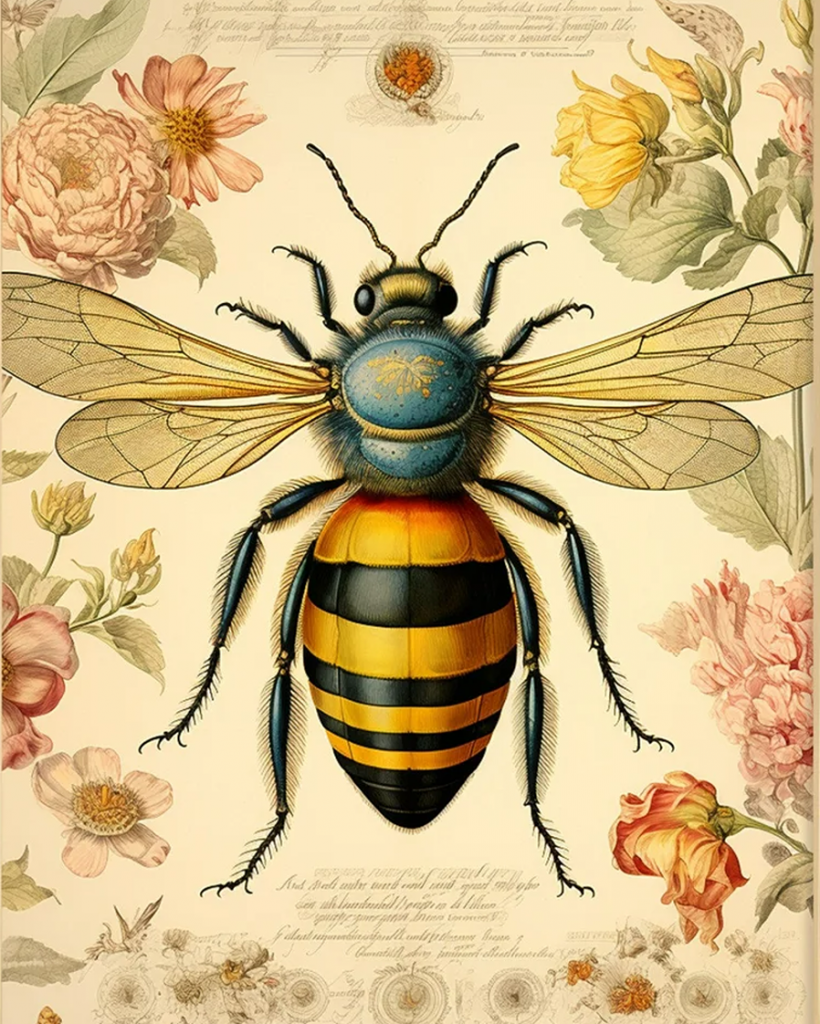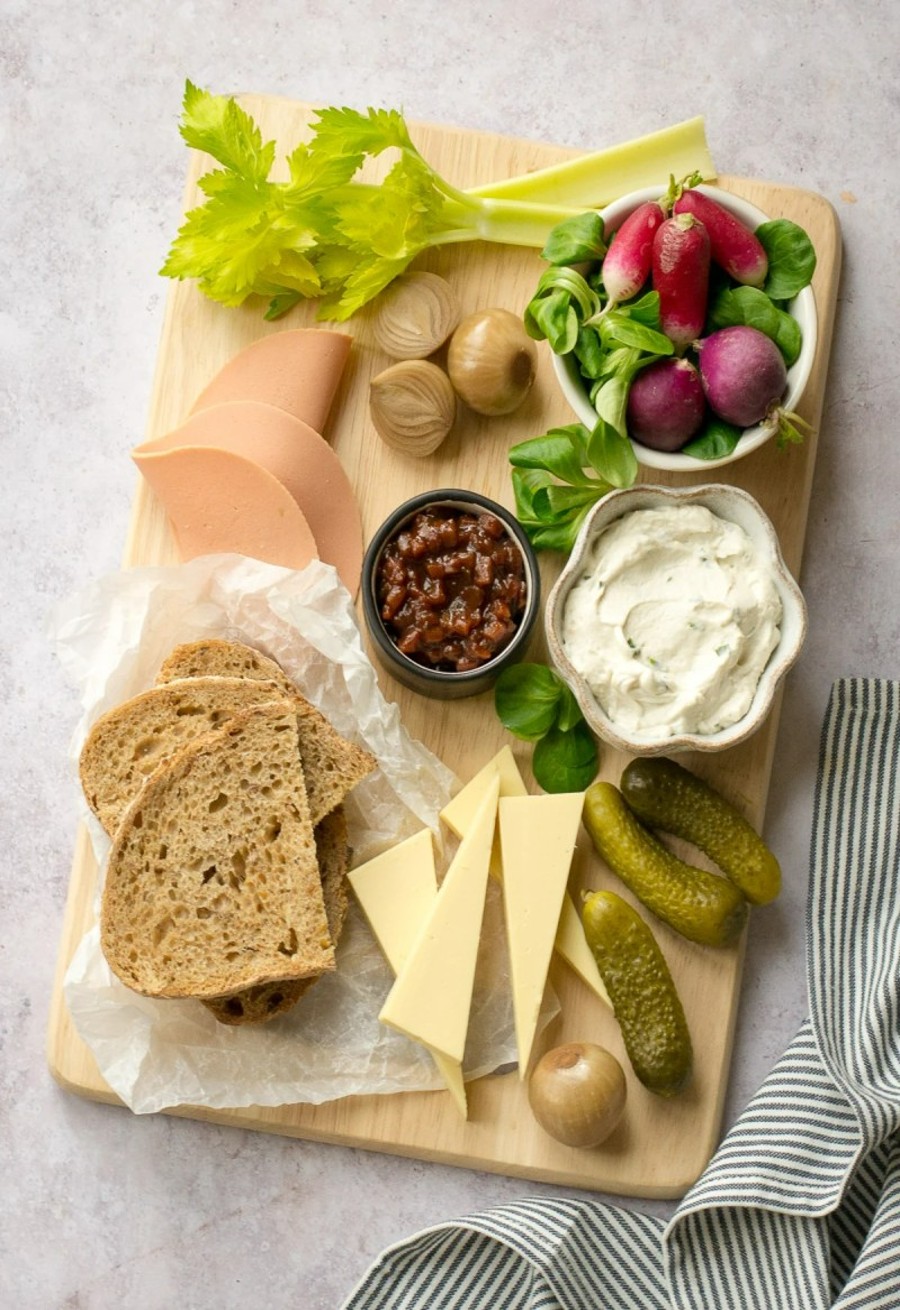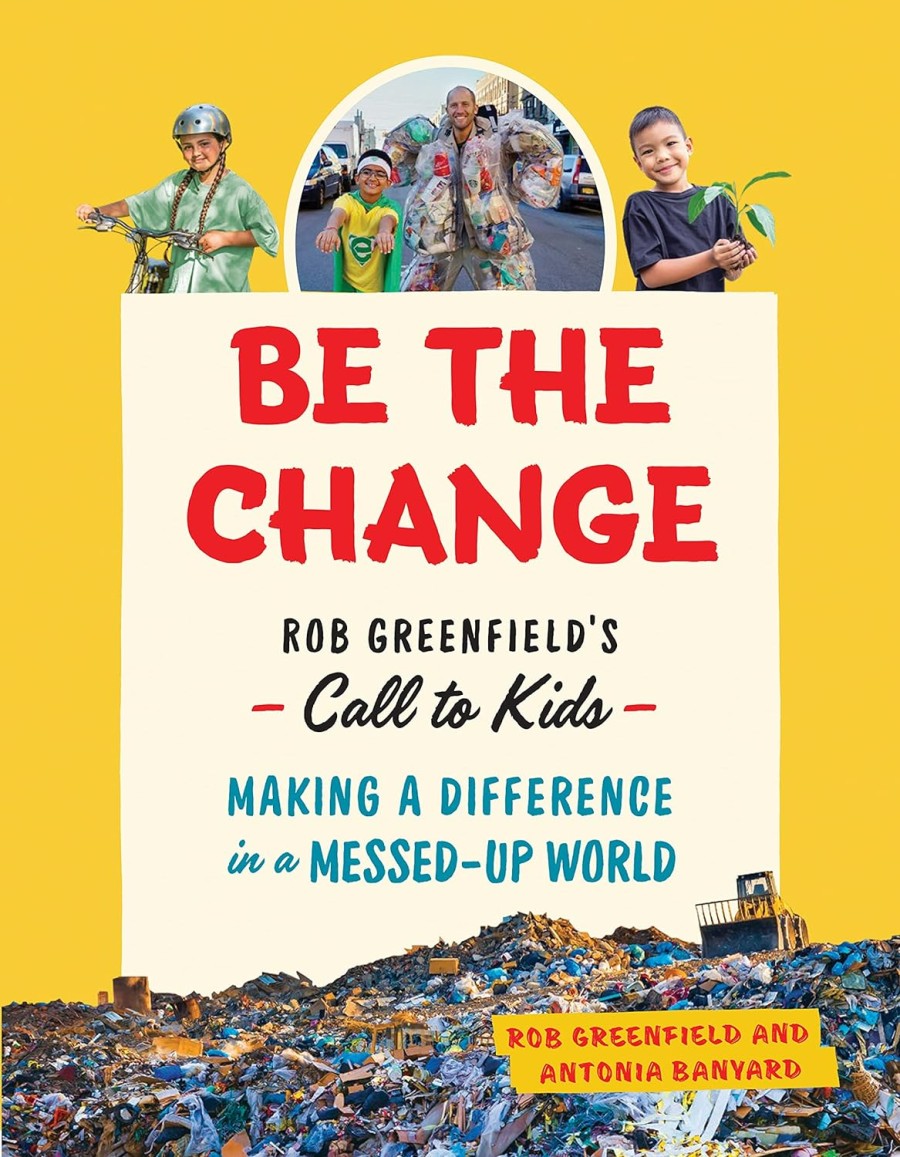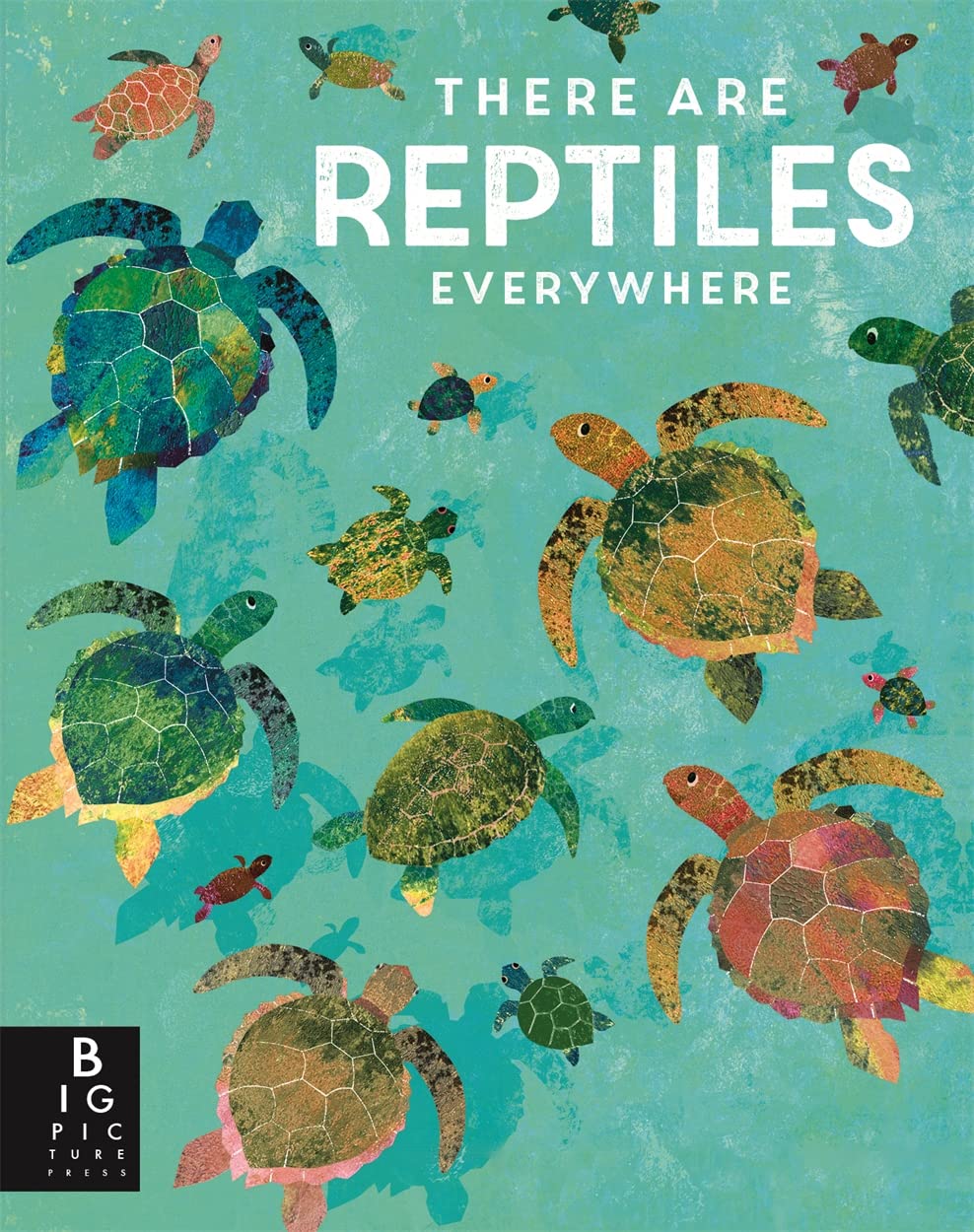
Waspinator is a best-selling wasp deterrent, which naturally prevents wasps from setting up a nest in your home or garden, but does not harm them either. Despite not being as popular bees, wasps are important pollinators and (like ladybirds) eat aphids. This is effective and simple to use. Just hang it up to prevent wasp nests, then easily transport it to ‘puff up’ when having a picnic or camping.
Wasps are highly territorial, so this paper brown bag basically looks like a wasps’ nest. So when new wasps see it, they won’t move in – a bit like a ‘wasp version of a fierce guard dog or scarecrow!) No mess and chemicals and no dead wasps. And it’s safer for all the family and does not mess up natural ecosystems. Scientifically proved to work, it simply mimics an enemy wasp nest. You can use this under table umbrellas or trees, or even around house eaves and in your loft or garage. Note it’s important to use before the Queen sets up shop, and then wasps will bring fruit and your leftover sticky drinks and cakes to her, prevention is better than cure!
Made from recycled polypropylene, the reviews are fantastic, with many saying it works within 10 minutes. In North America, some people buy more than one to create ‘wasp fences (it will not work for all species, and although it may work for some hornets, the latter is nosier and may fly closer to realise it’s not a wasp nest, but it may be worth a try). This invention also saves NHS funds, as it reduces the amount of stings that need treatment (some people have serious allergic reactions, requirement hospital care).
England has up to one million wasps per square mile, and traditional wasp sprays and traps are cruel and contain chemicals that harm other wildlife and are dangerous near children and pets. And they don’t work, because a wasp that dies from poison sends out panic signals (the company states that ‘kill a wasp and five more will come to its funeral’). We don’t want to eliminate wasps as they play a part in ecosystems, this invention simply sends them elsewhere to nest in the wild. When wasps see another nest, they simply view it as another nest and immediately fly away.
how to prevent & treat wasp stings
To prevent stings, use a Waspinaor! Other tips are to not walk barefoot and wear long trousers and sleeves, and don’t wear bright colours or have strong smells (deodorants, perfumes etc). Wasps even like wet towels to drink water from. If you have an allergy, wear a medical alert bracelet and carry an Epi-Pen so someone can jab it into your thigh, if you have a reaction.
If you are stung, scrape (don’t pull) the stinger immediately with a fingernail, credit card or dull knife, wash with soap and water, then apply ice (10 minutes on/off) for an hour, keeping limbs raised if stung on arms or legs. Apply a paste of baking soda & water and leave for 20 minutes (or use a wet tea bag). Monitor for an hour and call 999 for serious reactions.
Advice for pets with wasp stings is similar – scrape the sting away, apply a cooled towel and baking soda/water paste, and contact your vet for allergic reactions or serious stings (including in mouths).






